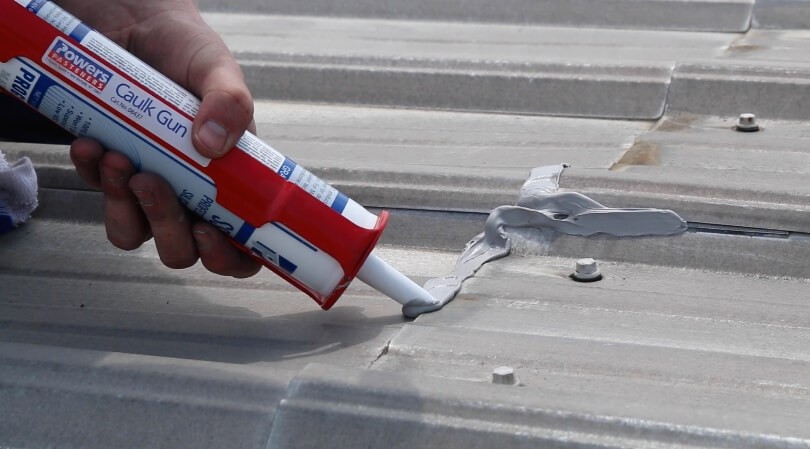What Are The Top 3 Sealants For Roof Repairs?
When repairing a leaky roof, the type of sealant you choose will make all the difference. The right choice will protect against UV rays and water damage, while being easy to apply. There are four main types of sealants: tape, paint cans, spray cans, and caulk tubes. Each has its own benefits and drawbacks.
Rubber
If youíre looking for a sealant that can withstand intense heat, cold and moisture while also providing protection against harmful UV rays, then rubber is the choice for you. Itís often sold in liquid form, but it can be found in tape strips or spray coatings as well. Sealant tapes are long, moisture-resistant strips that can be used to cover up minor leaks and seal seams on roofs and flashing. Theyíre popular among RVers and are super easy to apply, so theyíre great for quick fixes. Polyurethane is quite moisture-resistant, but itís not a good option for sunny areas since the sunís UV rays can degrade this type of sealant rather quickly. Itís a very effective choice, though, for leaking pipes and other problem areas in damp or rainy areas. Itís available in buckets, tubes of caulk or sprays. Itís also important to choose a sealant that will be able to expand and contract with extreme temperatures.Silicone
Silicone is a form of rubber that is often water-based to make it more workable and easy to apply. It offers both sun and rain protection, meaning it can keep your roof safe in any weather conditions. Silicone caulks are also among the best at sealing cracks in all types of materials, making them ideal for a wide range of repairs. The main downside of silicone is its price, which may prevent you from using it on all your roofing repairs. This is why it is most commonly used on leaky joints or seams in a small area. Choosing the right sealant for your roof is an important step to protecting and extending its lifespan. If you are unsure of which to choose, consider the type of repair youíll be doing and whether you can get up on your roof to do it. Tape sealants are the easiest to work with, followed by liquid rubber, acrylic and polyurethane. Then think about the sun exposure in your region and how it will affect the longevity of each sealant type.Tape
Roof sealants protect against the sun's harmful UV rays, and they also help seal leaks. Leaks not only damage the roof, but they can also lead to mold problems, rot and fire hazards. By sealing leaks, you can prolong your roof's life span and save money on repairs. Different types of sealants vary in their water resistance, UV protection and application process. Some require special tools to use, such as a caulk gun or spray can. Some are thin and easy to apply, while others are thicker and harder to work with. Solvent-based sealants often give off toxic fumes, which require a respirator mask to work with, while water-based ones don't. This product comes in a tube and has an adhesive backing that sticks to roof leaksPolyurethane
There are a number of different types of liquid rubber sealants available, with each type offering its own set of pros and cons. Silicone roof sealants are resilient against both moisture and UV rays, making them suitable for most climates. They are usually thin, water-based sealants that are easy to apply and work well for repairing leaks and cracks. Polyurethane is another popular option for homeowners, especially in rainy areas. It is very moisture-resistant and does a good job of deflecting UV rays, although it is not as resilient as silicone. It is often less expensive than silicone and is also suitable for most climates. Most sealants last for 10-20 years, with their longevity largely dependent on proper application and the environment they are exposed to. Some sealants are not recommended for use in cold weather or on wet or dirty surfaces, and most manufacturers warn against applying them before a storm when they wonít have enough time to cure properly. --Comments
Ideas, requests, problems regarding TWiki? Send feedback

